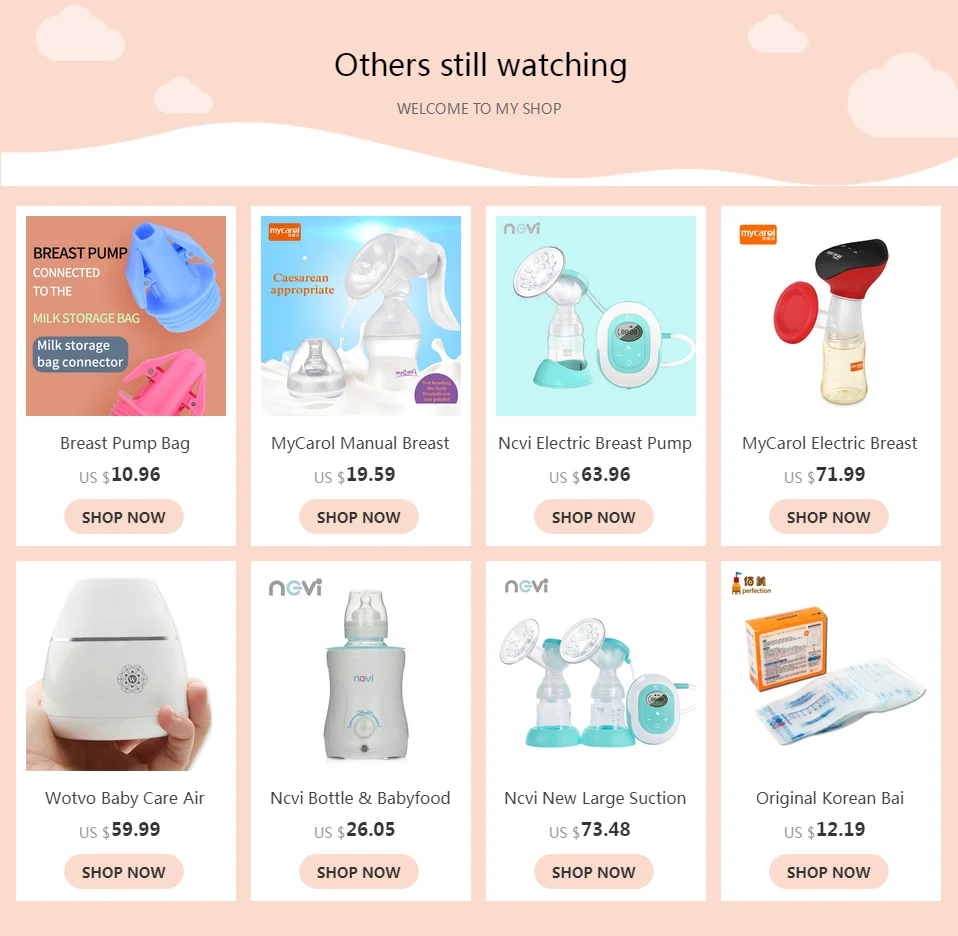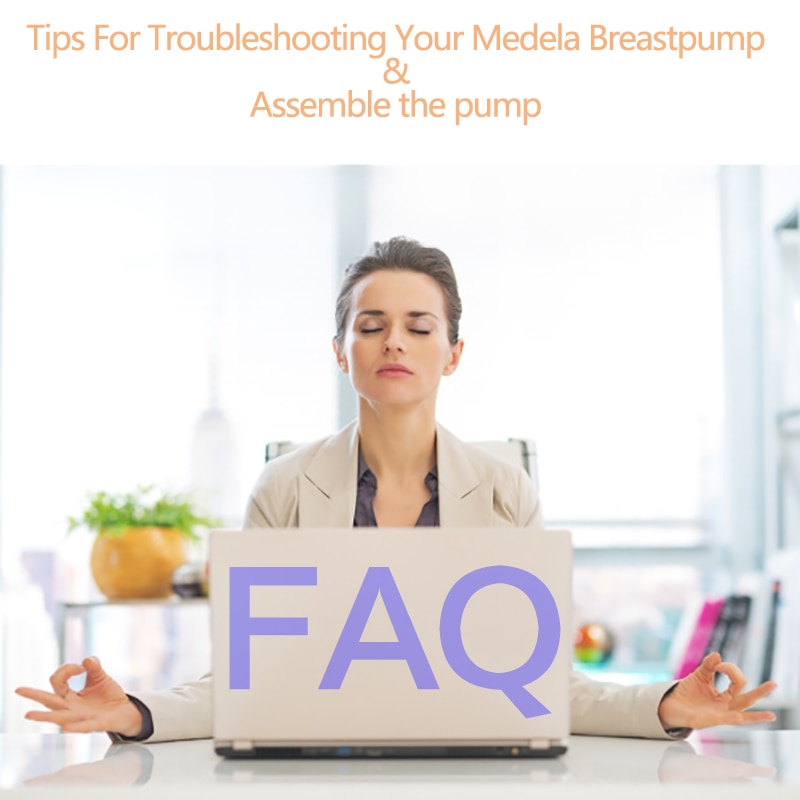
We know how much moms rely on their pumps to provide breastmilk and we can’t imagine the frustration a mom must feel when her pump isn’t working properly. We never want you to feel helpless if you encounter problems late at night or when you’re unable to reach out to Customer Service.
So if you’re ever in a pinch, please use these Ncvi troubleshooting tips to help. Here are some frequently asked questions about troubleshooting your breastpump. Please share any additional questions you have in a reply/comment at the bottom of this post.
My pump is losing suction.
If you are experiencing low suction, first check the valves and membranes:
- Separate the membranes from the valves
- Inspect the valves and membranes for damage, including cracks, chips, holes or tears.
- If a part is damaged, discontinue use and purchase or order a replacement.
- Wash the valve and membrane using warm, soapy water. Allow parts to dry completely before reassembling.
- Reassemble your pump, ensuring that each piece fits snugly and lies fla
- .

Then, check the breastshields and connectors to make sure there are no cracks. Also, make sure they attach securely.
Clean the tubing and faceplate if there is any sign of condensation and/or milk. (Faceplate instructions only apply to Pump In Style Advanced models).
- Begin by turning off your breastpump and removing it from the power source.
- Remove tubing without wiggling or pulling at an angle.
- Rinse tubing in cool water to remove any breastmilk residue.
- Wash tubing in warm soapy water, rinse in cool water and hang to dry thoroughly.
- Snap off the faceplate using the thumb tab and soak in warm, soapy water for 5 minutes.
- Clean with a soft brush or dish cloth and allow it to dry completely.
- Wipe diaphragm with a clean damp cloth (no soap).
- Then, locate the 3 connection points on the reverse side of the faceplate and reconnect the faceplate back to the pump.
Finally, inspect these connection points to ensure they’re attached securely:
- Tubing adapter to breastshield connector
- Tubing end to faceplate port
- Faceplate to backplate
Once you’ve completed these steps, turn on your pump and check the suction.
There’s condensation in my tubing.
If you notice moisture in your tubing, leave your tubing attached with the pump still running while you store your breastmilk after you’re finished pumping.
This will allow any condensation that has formed from the natural results of humidity to dry in the tubing.
Milk in tubing.
If milk accidentally gets in tubing, turn off the pump and remove it from the power source (Faceplate instructions only apply to Pump In Style Advanced models.)
- Remove tubing without wiggling or pulling at an angle.
- Wash tubing in warm soapy water and hang to dry thoroughly
- Snap off the faceplate using the thumb tab and soak in warm, soapy water for 5 minutes.
- Clean with a soft brush or dish cloth and allow it to dry fully
- Wipe diaphragm clean with a damp cloth (no soap).
If you still experience problems, please reach out to Ncvi . They’re happy to help and will do their best to come up with the best solution possible. Also, refer to your for more details.

